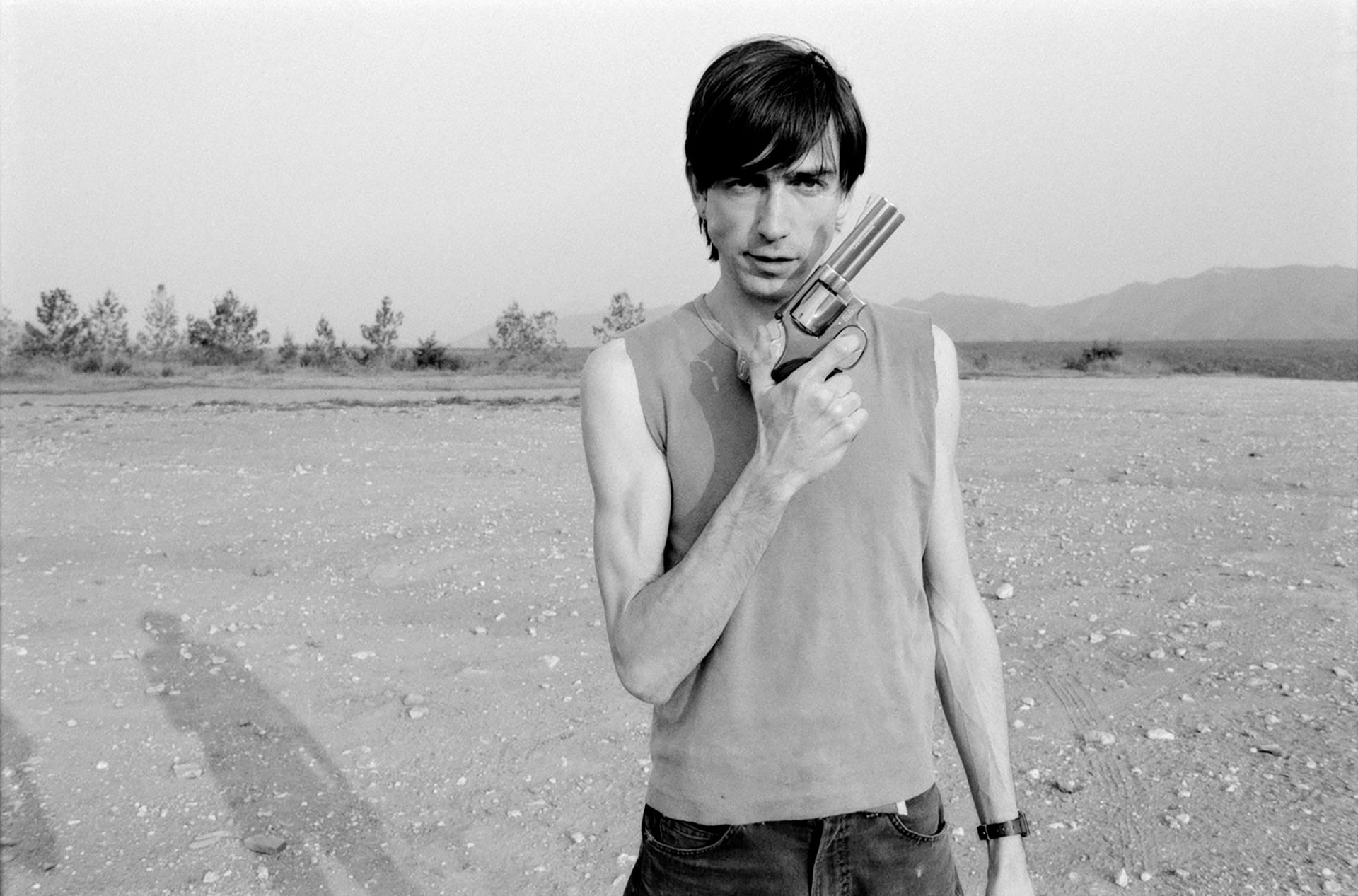the avant-garde, etc.
Over the last 15 years, KALEIDOSCOPE has collaborated with an exceptional array of artists and creators on editorial projects and cultural initiatives, affirming itself as a meeting place for the global avant-garde. A shapeshifter, yet always true to itself. In 2024, we celebrate our 15th anniversary with a metamorphosis. Through a vertical focus on a single subject, we move away from the noise of contemporary visual culture, to embrace the luxury of depth. Each seasonless issue is envisioned as a monographic project, a standalone chapter of an expansive editorial continuum—somewhere between a concept album and an artist book, coming alive in an ecosystem that combines printed matter with exhibitions and live experiences. KALEIDOSCOPE’s avant-garde approach extends organically through to its consultancy projects—from strategy, identity, and branding, to exhibition making and the ideation of visionary artist collaborations, or the production of unconventional cultural and community-building experiences.
PUBLISHER AND CREATIVE DIRECTOR
Alessio Ascari
CO-PUBLISHER AND MANAGING DIRECTOR
Cristina Travaglini
DESIGN
Studio Temp, Nicolò Oriani, Annalisa Marchetti, Marco Radaelli
HEAD OF CONTENT
Felix Petty
ASSOCIATE EDITORS
Lorenzo Basilico, Daria Miricola
DIGITAL MANAGER
Beatrice Galeazzo
DISTRIBUTION AND STUDIO MANAGER
Andrea Cennamo
WEB DEVELOPMENT
STUDIO ASSISTANT
Cristina Chen
































